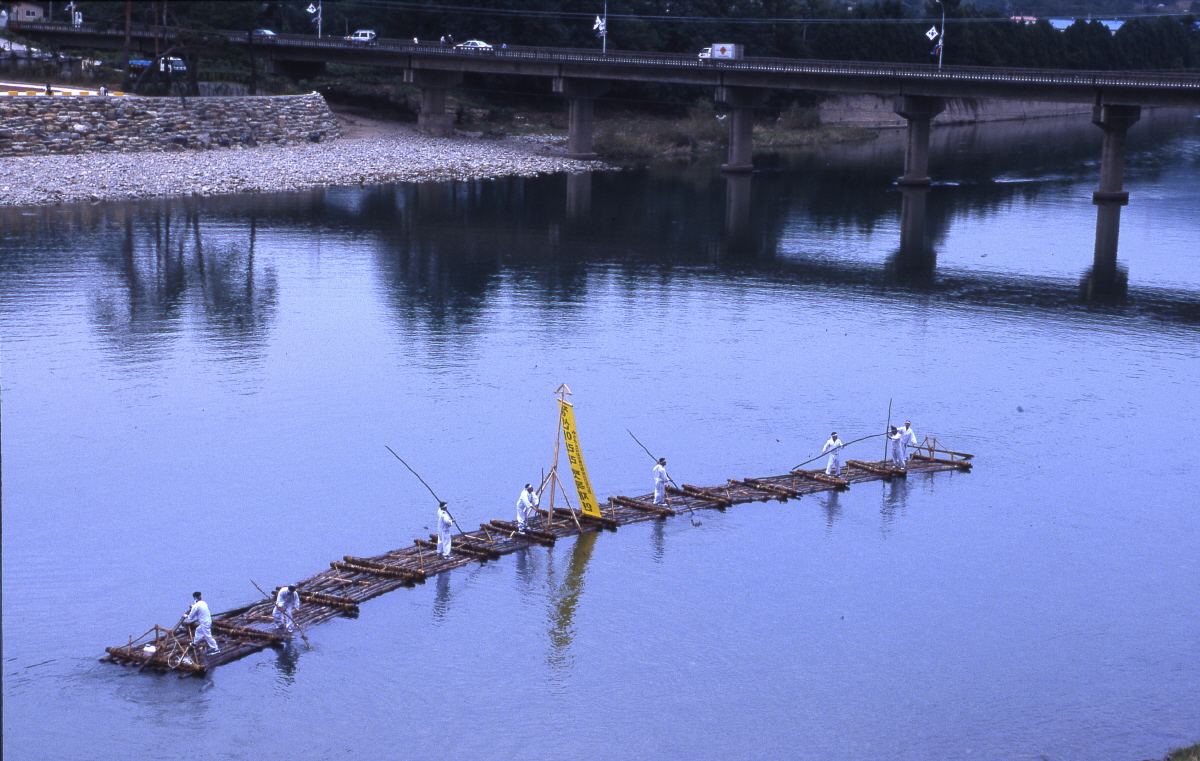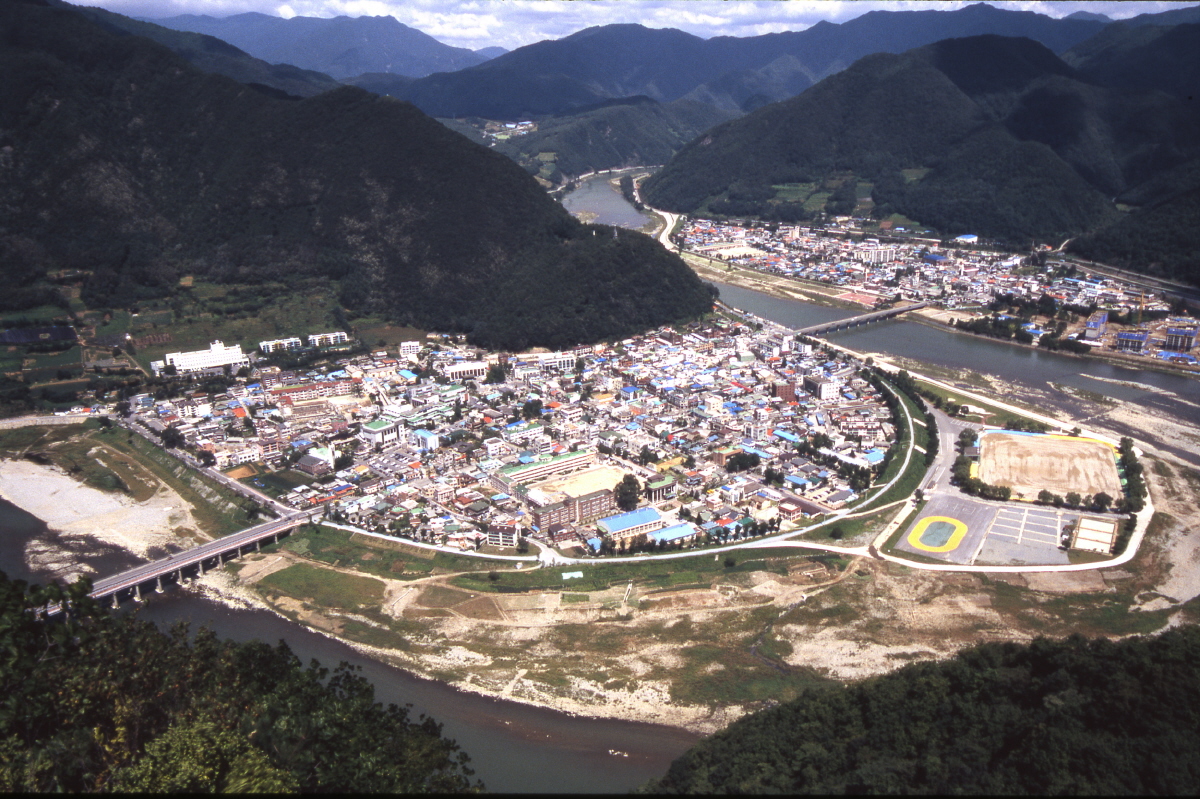1) Geographical location
Jeongseon-gun (County) belongs to Gangwon Province, Republic of Korea, and is located in the southeastern portion of the Yeongseosection (west of Daegwallyeong Pass) of the province. The easternmost point in the county is in Gamok-ri, Imgye-myeon (128° 59′ E), which marks a boundary with Donghae City and Samcheok City. The westernmost point is Hoedong-ri, Jeongseon-eup (128° 30′ E), while to the south, Gohan-ri, Gohan-eup (37° 09′ N) borders on Yeongwol-gun, Taebaek City. The northernmost point lies in Imgye-ri, Imgye-myeon (37° 35′ N), which shares a border with Bongsan-ri, Daegwallyeong-myeon, Pyeongchang-gun and Godan-ri, Wangsan-myeon, Gangneung City.
2) Area
The total area of the county is 1,219.53 km2. By category, forest land occupies the greatest share at 85.6% and with an area of 1,044.09 km2, followed by farmland with 106 km2 (8.8%) and building lot with 6.63 km2 (0.5%). The land categories of other remaining lots total 61.89 km2 and account for 5.1%.
3) Population and Households
According to the census of December 31, 2012, there are 41,045 people in 19,210 households residing in the county, comprising 3.0% of the total population of Gangwon Province. Among the nine eups (towns) and myeons (townships) within the county, Nam-myeon has the highest rate of population growth. In terms of gender ratio, males make up a larger proportion with 21,286 individuals, in contrast to a female population of 19,759.
4) Administrative status
The administrative districts in Jeongseon County began with seven myeons in 1906 when a national reorganization of administrative districts led to the implementation of the 13-province system. In 1973, Jeongseon-eup and the Sabuk branch office under its jurisdiction were elevated to the status of eup, and in 1980, Sindong was upgraded from myeon to eup. In 1985, Sabuk-eup was divided into two eups, Gohan-eup and Sabuk-eup, and the elevation of the Buk-myeon branch office to Bukpyeong-myeon in 1986 completed the development of the present state of four eups and five myeons. As Dong-myeon and Buk-myeon(East and North myeon, respectively), which had been named simply in relation to the points of the compass, were re-designated with titlesmore reflective of their regional characteristics, Hwaam-myeon (picturesque scenery of rocky mountain) and Yeoryang-myeon (surplus of food), Jeongseon County now features the four eups of Jeongseon, Gohan, Sabuk, and Sindong and five myeons of Hwaam, Nam, Yeoryang, Bukpyeong, and Imgye. These are administratively composed of 181 ris and 987 bans.







Follow ICCN